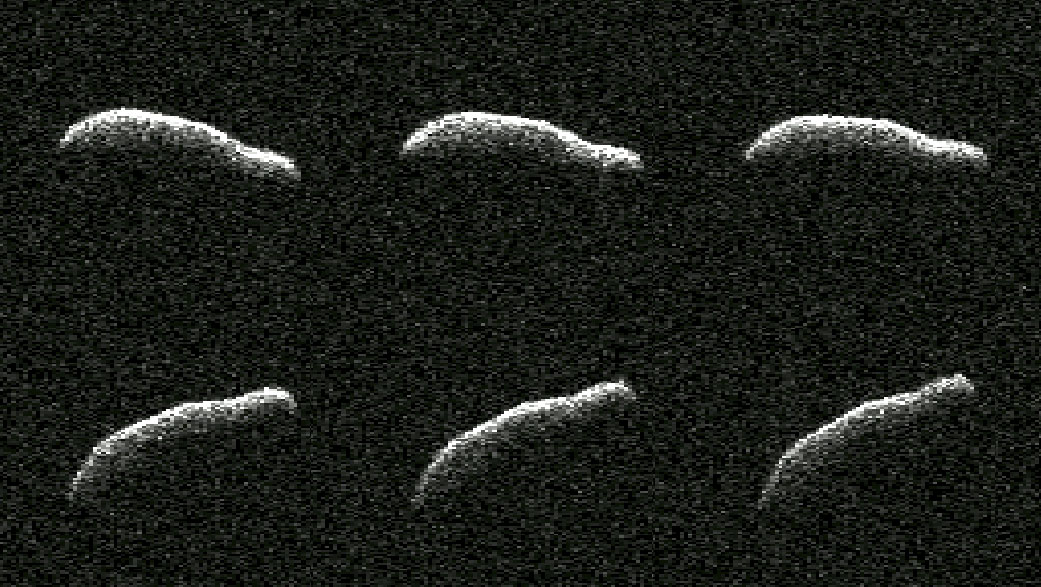NASA has published a series of radar images of the asteroid 2011 AG5. It turned out to be one of the most elongated small bodies of the Solar System.

2011 AG5 was discovered in 2011. Shortly after the discovery, the asteroid was added to the list of potentially dangerous objects. Initial calculations shows that there is a small chance that during the rendezvous in 2040, 2011 AG5 will crash into our planet. It was rated as 1 in 500. However, after additional observations, astronomers have established that the visit of 2011 AG5 in 2040 does not pose a threat to the Earth.
On February 3, 2023, the asteroid passed at a distance of 1.8 million km from our planet (this is about five times more than the distance between the Earth and the Moon). Astronomers took this opportunity to make detailed observations of the object in order to determine its physical characteristics and clarify the details of the orbit. The 70-meter antenna of the Goldstone Observatory was used for this purpose.
Radar images obtained in the period from January 29 to February 4 made it possible to determine the shape of the asteroid. 2011 AG5 turned out to be one of the most elongated small bodies of the Solar System. Its length is 500 meters, while its width is only 150 meters. In size, it turned out to be comparable to the Empire State Building.
In addition, radar observations have revealed a large recess in one of the hemispheres of 2011 AG5, which is probably a crater. The images also show dark and light areas, which may indicate small-scale surface details of several tens of meters in size. According to the researchers, if the asteroid was visible to the human eye, it would appear dark as charcoal. Observations also confirmed that 2011 AG5 had a slow rotation speed. It makes one revolution in nine hours.
You can also read about ESA’s plans to launch a space telescope designed to search for “hiding” asteroids.
According to https://www.nasa.gov
Follow us on Twitter to get the most interesting space news in time
https://twitter.com/ust_magazine

